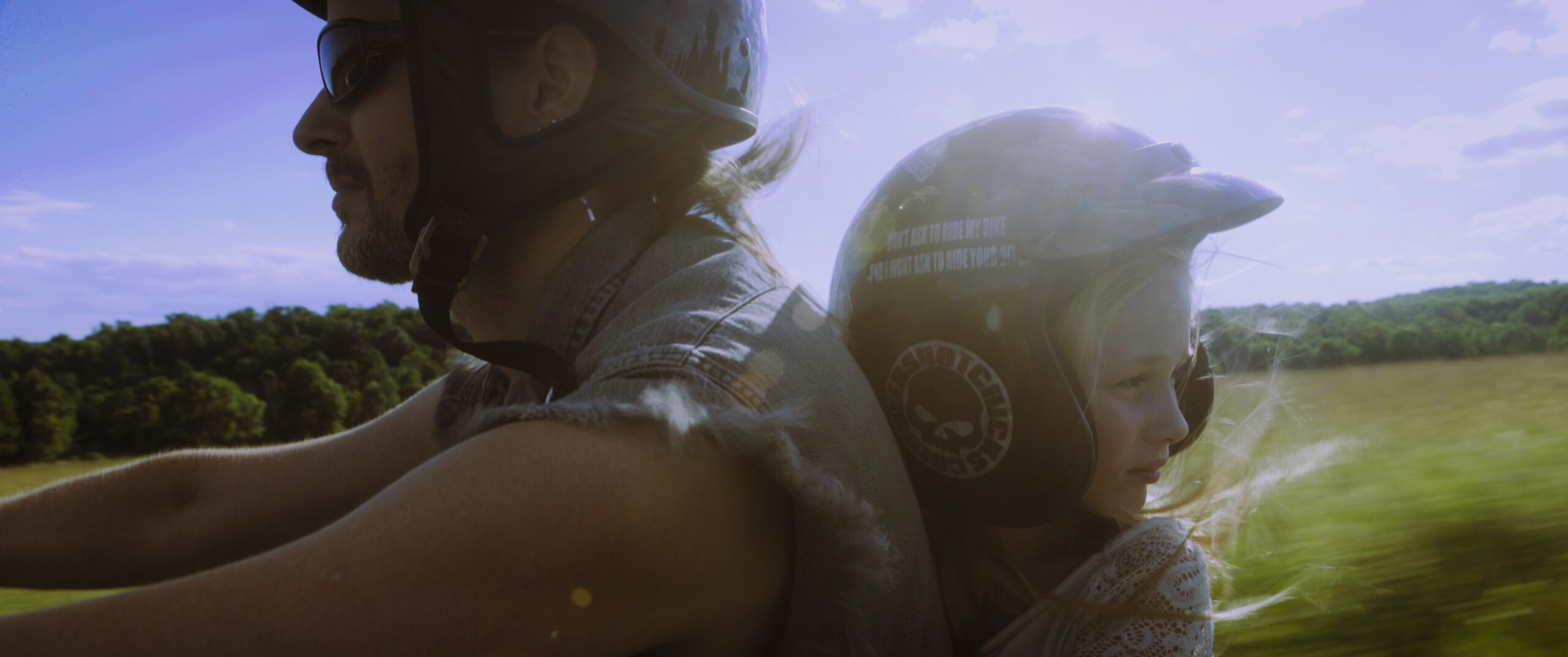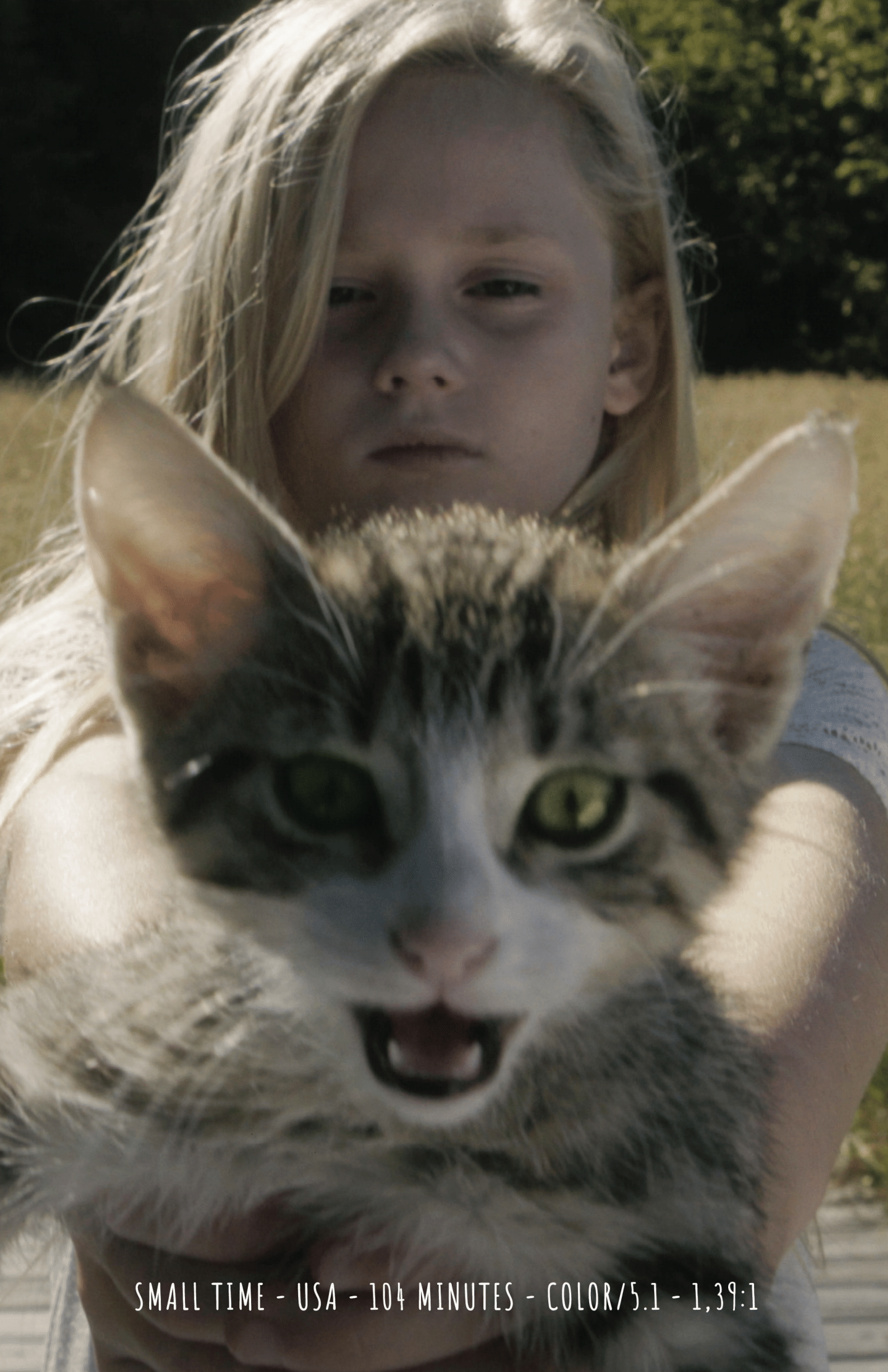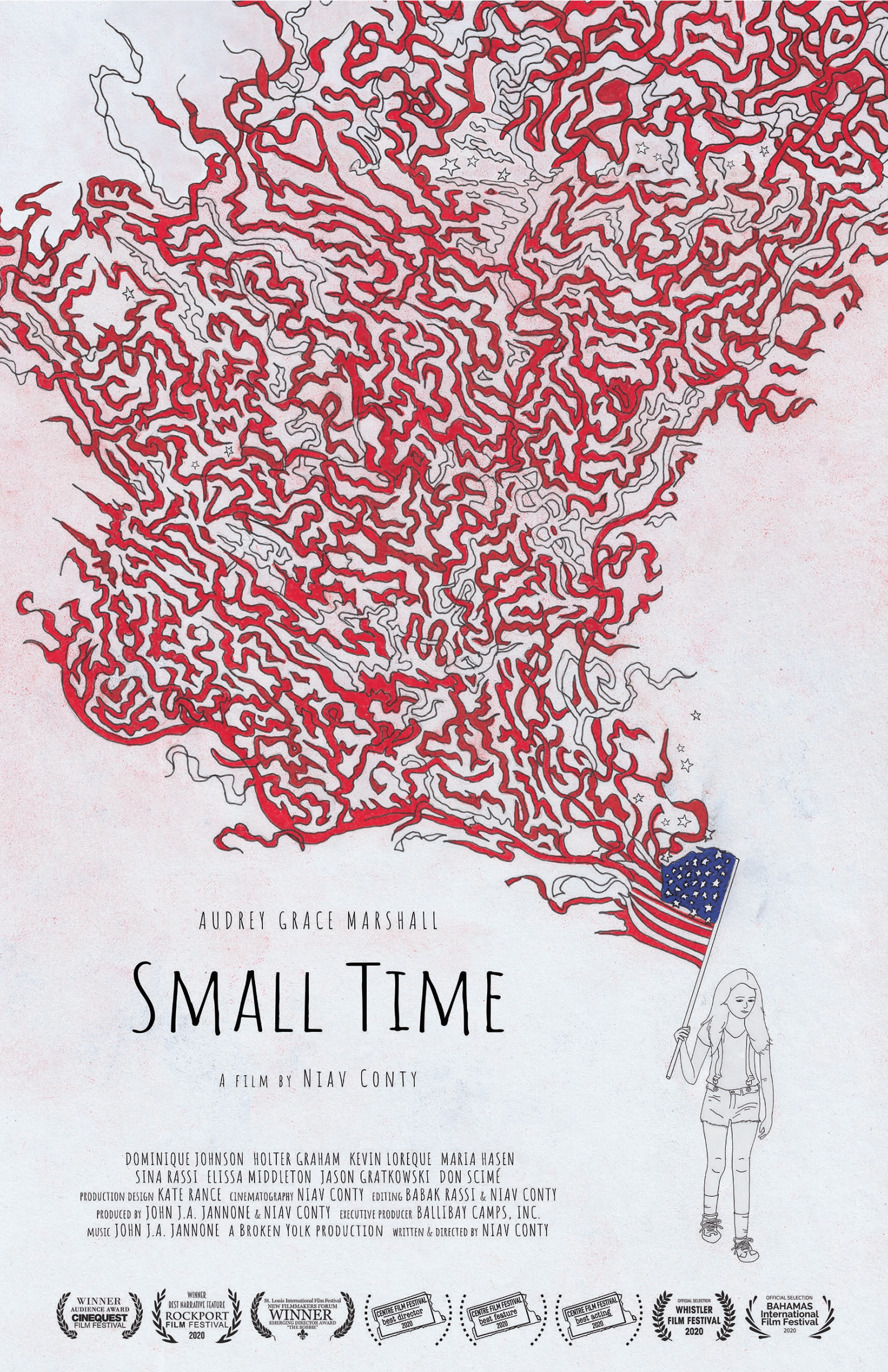The Whistler Film Festival is in full swing and as you all know, it is host to films from all over the world. The WFF stands to foster talent, like no other festival can, it’s world renowned and it selects the cream of the crop every year for your viewing pleasure. If Corona thought it could take down the WFF, it underestimated the power of art. It has a very different look to it this year, but the films are stellar, they’re impeccable and they are virtual… but capable of reaching a much broader audience.
One film that is catching fire and burning up the festival is an outstanding Indie film, Small Time. It is written, directed, shot and co-edited by extremely talented Pennsylvania native, Niav Conty. Niav’s films span the darkly humorous investigations of the taboo, intimate and troubling coming-of-age portraits and cutting edge Machinima. Her award winning films have travelled to festivals world wide and she is a recipient of the 2013 Princess Grace Award.
Small Time is about a girl growing up in rural America in the shadow of the opioid crisis and “the war on terror.” The film takes an empathetic and at times darkly humorous look at life, faith, and childhood, and presents a difficult and raw view at PTSD and the family traumas they create. Small Time emphasizes the intimate stories of lives rather than the impersonal statistics of death, that at times dominate the dialogue.
Small Time has already won the Audience Award at Cinequest, Best Feature, Best Director, and Best Actress (Audrey Grace Marshall, young star) at Centre Film Festival, Best Feature at Rockport and the NFF Emerging Director Award at St. Louis International Film Festival.
Niav Conty was my guest and we were enamoured with her presence.
HNM “This film touched on death, iv drugs, abandonment and trauma. Why did you want to cover so many topics?”
NIAV “The topic is… growing up, who we become and who were influenced by, in order to become who we are. It also addresses the internal contradictions within American society – that influence people growing up, how they relate to the world and how they interpret everything about it.”
HNM “This film seemed to cover all the seasons of the year. Did you film it over the span of a year?”
NIAV “We actually shot over 3 years and it started out as a short film, it was never intended to be a feature. The first part stopped with Audrey at seven years old, but we liked the experience of shooting the short, she was so great and everyone wanted to know what happened next for this girl. I proposed turning it into a feature and finding out what was next. I also wanted to incorporate growing up, because it’s about growth, so I allowed time for her to grow up somewhat, between each part. A year and a half later, we shot part 2 in the wintertime, so we’re not in the same season. Six or seven months after that, we shot part 3. We used information from 1 and 2 for help on determining what would happen in part 3. The arc was created organically through the characters performances, through the experience of shooting and where I wanted to bring them based on those things.”
HNM “You wrote and directed this film?”
NIAV “I wrote, directed, shot and co-edited it.”
HNM “What made you want to write this story?”
NIAV “The short was developed from a memory I had as a child, which I had dramatized. The film short was the early part, but it’s hard within the frame of the broader film to isolate that early part. We used the cat as an indication of the earlier part, because it was a kitten then. When I expanded it into a feature, I wanted to bring a larger scope of society, country, guns and other things that are oddly contradictory to allow it to influence the intimacy of this story to become a much larger story.”
HNM “Where did you shoot it?”
NIAV “It was in rural Pennsylvania. The addiction rate out there is very real and it was nice to bring this story to a place where it belonged. All of the people involved in the film – the owners that allowed us to use their locations, had a very real connection with it.”
HNM “I wanted to ask about the motorcycle riding scene with the young actress (Audrey Grace Marshall) on the back. Did you have any trepidation of her being on the bike?”
NIAV “(Laughing) I think her mom was pretty nervous. I trusted the driver, Holter Graham, who is a friend of mine and plays Rick. He’s been riding bikes for a long time and I have a lot of confidence in his ability. I wasn’t nervous but Audrey was initially a little scared the first time she was on the bike. However, as Audrey does, after two minutes of fear, she absolutely loved it.”
HNM “I need to ask you – where did you find Audrey and how many girls did you audition before you found her?
NIAV “I found her on Actors Access, it’s a website where you post a role and people respond. There were so many kids that responded that had acting experience and you could see it… and Audrey had no experience whatsoever, she just sent me a little picture with nothing on the resume next to it. I liked that there was a purity in the photo, so I asked her to send a tape and we met in person. She didn’t know what acting was but she knew how to listen and how to be there. That’s what I look for in a child actor.”

HNM “That seems like a big risk that paid off. Was she a natural or did she require a lot of guidance?”
NIAV “It was a big risk and I was pretty nervous actually… but you have to remember that I was also casting for a short, which is quite a different thing than casting for a young kid who’s going to carry an entire feature on her shoulders. I was ready to take that risk with the short but because I was a little nervous, I didn’t want to DP it myself. Unfortunately, I couldn’t find the right fit because sometimes DP’s can put too much stress on the image, so I decided to do it myself, which turned out to be a good decision. Since Audrey hadn’t any experience with the camera before and I was acting as her guide and being attached to the camera, it allowed her to develop an actor’s relationship to the camera that happened naturally. She didn’t need much guidance. I told her she could do anything she wanted and not to worry about making any mistakes. As long as she didn’t look at the camera – that was the only rule.”
Niav Conty adds that, due to Audrey’s stand out performance in her film, her career has developed and blossomed. She’s now been cast – with a significant role, in the new HBO series – The Flight Attendant, in addition to other projects. Niav discovered her and has literally helped to launch her career by taking a risk. She knows she’s going to be a star.
HNM “What type of camera did you use?”
NIAV “It really was a micro-budget film, so we shot on a Sony A7S II onto a Ninja Flame external recorder. It was a very low brow camera setup but it does the job. I’ve been working with cameras and DPing for about 8-9 years.”
HNM “Did you go to film school?”
NIAV “I did, I went to graduate film school. I started making films on my own but at a certain point, I went through a 2 – year program, which was reassuring to know that there was no ‘correct way’ to make a film and it allowed me to interact with people about film.”
HNM “Have you submitted this film to other countries?”
NIAV “After Whistler, we’ll be going to the Bahamas, so that opens up the Caribbean. One of the reasons I had applied to go there was for the weather, but Nope – not anymore, it will be virtual now. We’ve also submitted to Asia, so we’re still hoping to see what happens there.”
HNM “How many festivals has the film been to?”
NIAV “The Whistler Film Festival was the first in Canada. It’s been to 5 others in the US. We hadn’t gotten accepted to festivals as widely as I was hoping, but we’ve been winning 1-3 awards at every festival we’ve screened, with the exception of one, so that’s been pretty exciting.”
HNM “How did you finance the film?”
NIAV “My producing partner and I started up a production company through a summer camp. It’s a Fine Arts Performance summer camp for kids, which he’s the director of. It managed to finance a very very low budget film. Because the camp has most of the locations, but dressed up to look less pretty, with insurance, lodging, transportation, including utilizing the surroundings to double as art design. Pretty much everything that cost a lot of money was provided by the camp. It was pretty miraculous. The payment to the crew, for a large part, was actually through camp vouchers, so it was totally unconventional. We were intentionally looking for crew and cast members that had kids, so that they could use the voucher. The crew that didn’t have kids, were able to sell them to get paid (laughing).”
HNM “How did you come up with the title of the film?”
NIAV “It had to be a 2-word title because the short was called Joy Ride. It was a bit of a running joke that all of the titles of the different parts had 2-word titles with multiple meanings in them and Small Time has several different meanings associated with it. There’s small time crime, there’s the time of a small person/child, as well as several ways it could be understood.”
Niav Conty certainly has an eye for talent and story. Her first feature film is doing amazing, which is serendipitous in a way, because it started out as a short film. Amazing!


